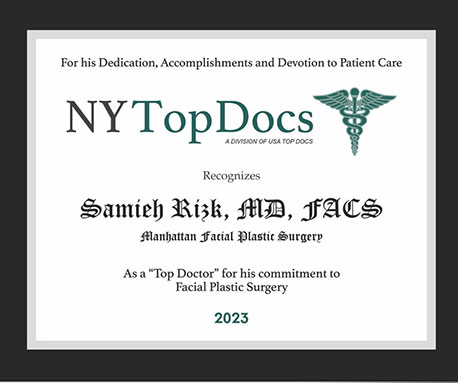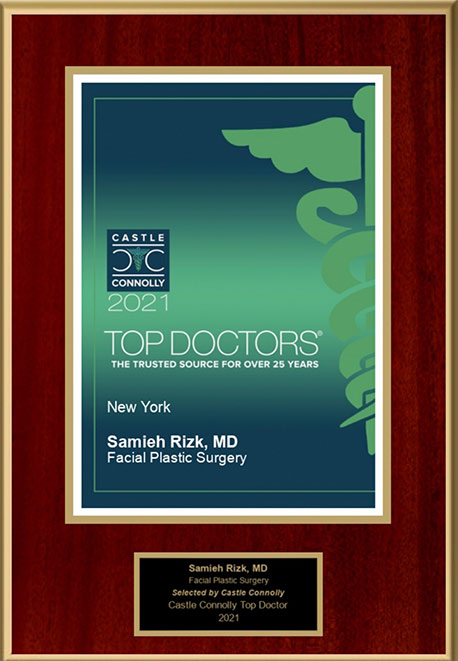Sinus Surgery: The Procedure
If you have been experiencing swelling and blockage of your sinuses for more than a couple of months, you may need to have sinus surgery. Advancements in medical technique and technology have made modern sinus surgery a far less arduous procedure than it used to be. However, it is still a serious, complex surgery, so it is important you be prepared.
Before Surgery
Before determining that you need to have sinus surgery, your doctor will conduct a thorough physical examination, including an examination of your sinuses, ears, eyes and throat. Your doctor will also ask you a number of questions about your symptoms, medical history, any allergies you have, smoking, medications you take and other factors.
You should prepare list of questions for your doctor as well, such as:
- What are all the possible causes of my symptoms and/or condition?
- What tests do I need?
- What type of treatment do I need?
- Is there anything I should NOT do?
- Do I need to see a specialist?
If you have any additional questions, don’t hesitate to ask your doctor; it is important to be prepared and well informed.
After examining and interviewing you, your doctor may order tests, including allergy tests if applicable. In all likelihood, your doctor will recommend trying other therapies before suggesting surgery, such as medication, allergy shots (immunotherapy) and other treatments.
The Procedure
If alternative treatments fail to eliminate your sinus symptoms, your doctor may recommend that you have surgery. Today’s most advanced form of sinus surgery, functional endoscopic sinus surgery (FESS), can improve breathing and other sinusitis symptoms. While this procedure is less invasive than traditional sinus surgery, it is still a very intricate procedure. Typically, FESS can be performed on an outpatient basis under local anesthesia, with or without sedation depending on the patient’s needs. In some cases general anesthesia may be required.
During the procedure, the surgeon inserts a small scope with a high-definition camera and a light into the nose. The scope projects an image onto a screen in the operating room that allows the surgeon to see if the sinus openings are blocked or narrowed. A 3D CT system may be used to view the sinuses and their surrounding structures.
Depending on your needs, any number of alterations may be made to the internal nasal structures. The surgeon may:
- Enlarge the sinus openings
- Alter the septum
- Place spreader grafts
- Correct internal valve narrowing
- Correct external valve collapse
- Reduce the turbinates (if they are causing breathing problems)
Functional endoscopic sinus surgery has several benefits and is far more effective than traditional sinus procedures. It also has relatively few potential complications, and patients usually do not experience significant pain during recovery.
After Surgery
You should expect some bloody discharge for about two weeks after sinus surgery. This is normal and will improve with each passing day. It is important that you avoid blowing your nose for about a week following your procedure. As your sinuses regain their ability to properly drain you may begin to blow out thick, bloody mucus. Make sure to follow your surgeon’s instructions with regard to blowing your nose.
Prior to your surgery you should purchase gauze pads for the postoperative period. These will be used as a “mustache dressing” to absorb blood. Many patients change these dressings every hour for the first 24 hours following surgery. You will probably need to use the gauze dressings for a few days. Avoid taking aspirin, medications containing aspirin, and nonsteroidal anti-inflammatory medications (e.g., ibuprofen, Naprosyn, etc.) until your surgeon advises you otherwise, as these medications can increase bleeding and interfere with clotting at the surgical site.
In most cases follow-up visits take place about one day and one week after surgery. You will also need to schedule additional follow-up visits each week until the area is healed, which should take about four weeks but possibly longer. During your follow-up visits, inflammation will be addressed and any scar tissue will be removed under local anesthesia.
It is imperative that you approach the postoperative recovery period with care. Your surgeon will provide you with postoperative instructions that must be followed closely to ensure that you heal properly and to decrease the chance of complications.








